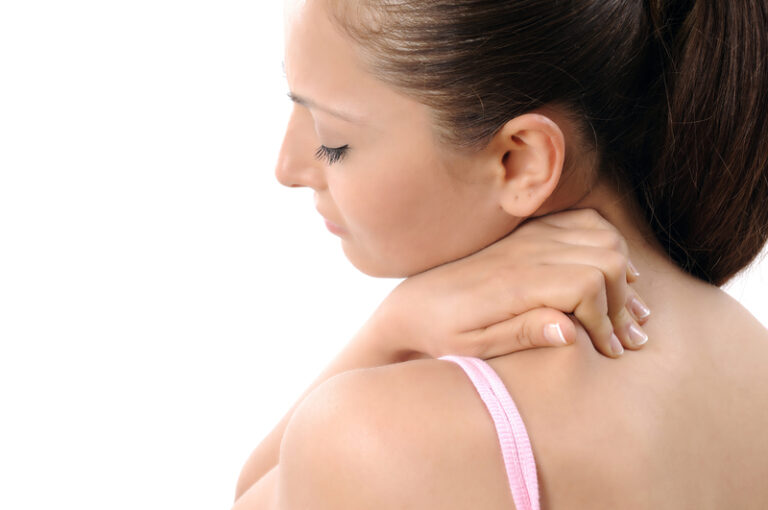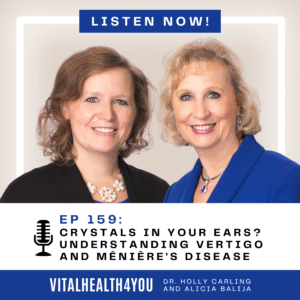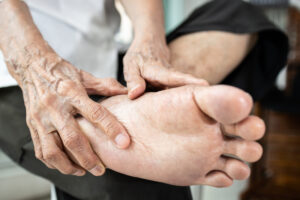Most people when they think of acupuncture think of it as relieving pain or for its ability to control addictions. When I first graduated from acupuncture school, there weren’t many studies done on the effectiveness of acupuncture for pain, addictions or the myriad other things that acupuncture is effective for – at least not in this country! There were many studies done in China, Japan, Germany, France, England and other countries, but we would not accept those studies because they weren’t classified as “high enough quality”. So we had to wait until there was enough interest here to substantiate the cost to run studies in the U.S. Now, 3 decades later, we have lots of high quality studies.
In The Journal of the American Medical Association (JAMA) 2014 entitled “Acupuncture for Chronic Pain”, the answer to “Does Acupuncture Really Help Pain?” was answered. YES! The study specifically noted acupuncture’s effectiveness in reducing pain in the following conditions: back and neck pain, musculoskeletal pain, osteoarthritis pain, chronic headaches and shoulder pain. In practice, and in studies, we find acupuncture effective for many other types of pain such as migraines, stomach pain, several types of joint pain, neuropathy, overuse pains, etc.
The meta-analyses and reviews of acupuncture research from the U.S., U.K., Germany, Spain and Sweden were narrowed to 29 of only very high quality studies, concluding that acupuncture provided a “good response” to pain reduction. Even then they noted that the benefits of acupuncture in the treatment of pain were probably underestimated because in practice, acupuncture treatments are customized according to the individual patient – something that cannot be done in clinical trials or studies.
The researchers also noted how other countries have established guidelines that recommend acupuncture as part of standard protocol. On two different occasions after graduating from my acupuncture university in the U.S., I studied acupuncture in China. First in a hospital in Beijing, then 11 years later as an ambassador to compare acupuncture in the US with that in China. Acupuncture is a normal part of treatment there. Whereas the hospitals in both countries have a Physical Therapy Department, a Respiratory Therapy Department, a Laboratory, etc., in China, they also have an Acupuncture Department. When I worked there, we either went to the bedside to do acupuncture, or the patient came to the Acupuncture Department/Clinic for treatments. Next to the Medical Pharmacy, there was an Herbal Pharmacy. The patient always came up with a medication prescription and an herbal prescription. It was just a normal part of the hospital routine.
After meticulous review of the high quality acupuncture studies involving pain management, the researchers established acupuncture as a “standard and effective tool for the treatment of pain”. This came just after researchers at Rutgers University Medical School discovered the mechanism behind acupuncture’s effectiveness in reducing inflammation, also validating the effectiveness.
Bottom line, if you are suffering from pain and inflammation, you might want to give acupuncture a try!
©2015 Holly A. Carling, O.M.D., L.Ac., Ph.D.







